Reading Aloud in Upper Elementary & Middle School Classrooms
by Maura Page Hudson
Maura is a 5th grade language arts teacher in the Branford Public Schools. She has been teaching elementary and middle school grades for 26 years. In addition to teaching, Maura lives in Killingworth with her husband Tom and their very senior Labrador, Clyde. She enjoys gardening, biking, hiking, swimming, reading and being a mother of three grown children, and Nana to three grandchildren.
“Are you going to read to us today?”
“You can’t stop there!”
“You always stop at the best parts!”
These are actual words spoken by my fifth grade students expressing their enthusiasm for hearing books read to them in our class. Reading aloud is a staple in our classroom. The children consistently look forward to this time of the day. To confirm my hunch, I recently surveyed my 36 students about how they felt about our read-alouds: virtually every one of them noted that the best part of read aloud time is the way it allows them to relax during their stressful, pandemic-dominated day. Reading aloud allows them to take a deep breath and enjoy a story. It’s a time of day when we all sit quietly focused on a mutual activity and listen to a wonderful story full of colorful language and whimsical images.
We’ve all heard from the experts, including pediatricians, that that reading to young children–yes babies, too–brings countless benefits. While reading aloud is common in lower elementary classrooms as a daily part of their routine, read alouds fall by the wayside, going the route of cursive writing, in upper elementary classrooms because of the time crush of curriculum. Our students miss so much by eliminating read alouds from our daily upper-school classrooms.
Reading aloud strengthens cognition, builds vocabulary, assists with pronunciation, helps to increase attention span and listening skills. Listening to books read aloud provides a chance for students to hear intonations, and story and sentence structure. When teachers read aloud, we not only model how to relate to characters or to visualize from the author’s words, but we also create an opportunity for students to relate to one another and bond. The stories build a set of shared experiences that allow us to converse and build a community that opens the door to sharing emotions. It is in this safe space that we can model empathy and show our acceptance of and appreciation for diversity. I get to see this come to life when the children empathize and root for a character throughout the book.
When I read out loud to my class of fifth graders there is a joyfulness in their listening. Their eyes go wide—they gasp at the surprising parts, and they yell out “NO!” and slap their hands on their desks when they disagree. The conversations continue, even after read aloud. I often overhear my students talking about the characters when we are on our way outside for a mask break or recess. They will wonder out loud “You think Danny and his dad will be OK?” (Danny the Champion of the World by Roald Dahl). “I wonder if the Tucks will really live forever!” (Tuck Everlasting by Natalie Babbitt). During a good read aloud, the characters come to life; the students believe for a little while that the characters are real people, living out these real situations. They learn empathy. They think critically about how the character might solve their problem. They become attached and are always a little bit sad when the book comes to a conclusion. It’s as if a friend has moved away.
And, more broadly, who doesn’t love to be read to?! Even as an adult, listening to someone read to me gives me some of the benefits that my kids experience. Several years ago, while painting my kitchen, I listened to 12 glorious hours of Sissy Spacek reading To Kill a Mockingbird on Audible. I had read the book a number of times before, but listening to it engaged me in a completely different way. It allowed me more freedom to think about the characters, to picture the setting, and to understand the drama that was unfolding in the book. By just listening I was freer to follow my thoughts instead of concentrate on reading the words on a page.
I read aloud to my own children through the end of their middle school years. My 34 year old son continues to listen to book read aloud, doing most of his reading via audio books and podcasts. Listening to stories is one of the oldest forms of communication, older than the written word and read alouds remain a vital part of a child’s education and social-emotional development. Our classroom community read alouds provides a platform to teach life lessons, in addition to helping students make the connection between the spoken and written word; this can translate into increased understanding and interest, which, in turn, builds a love of reading. And isn’t that what our literacy quest is all about?
Selecting a Book to Read Aloud
Maura’s Favorites for her 5th grade class
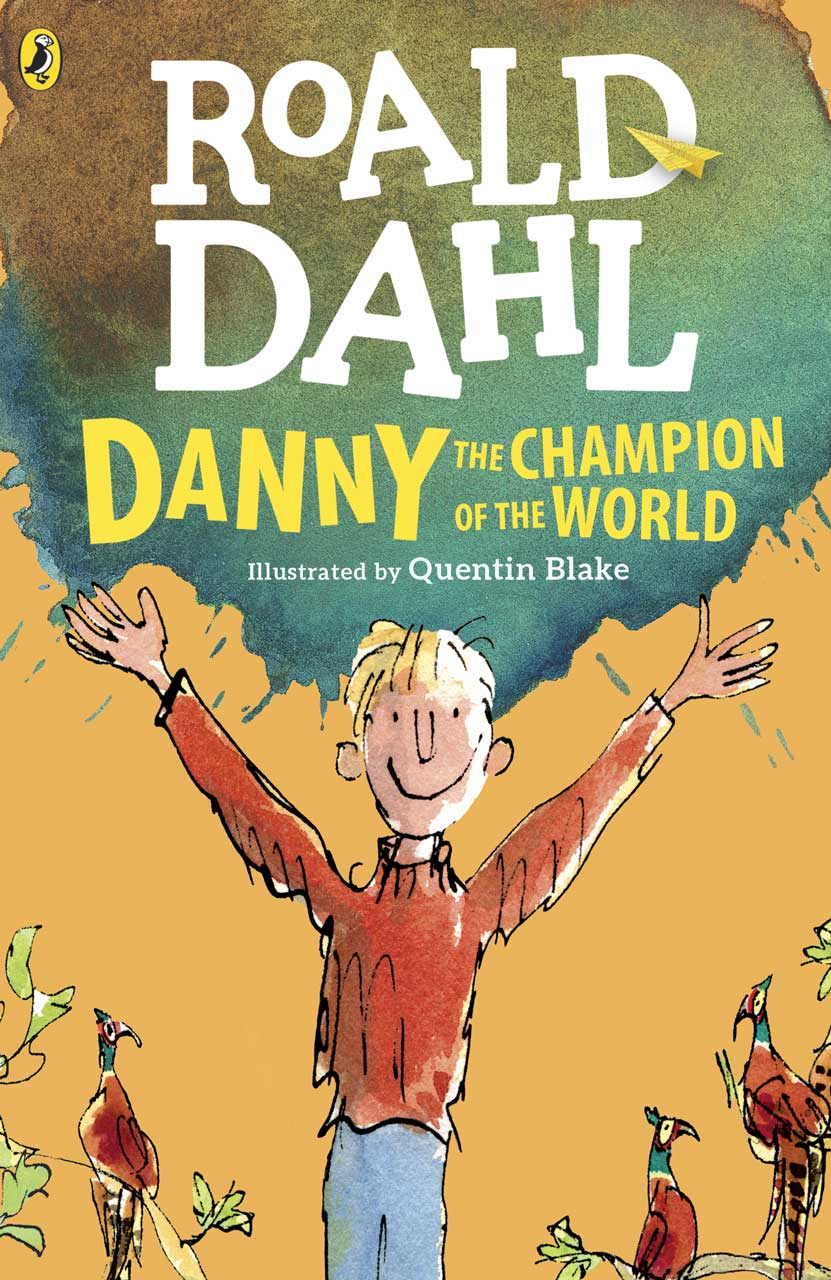
Danny the Champion of the World
by Natalie Babbitt
(image: Penquin Books)
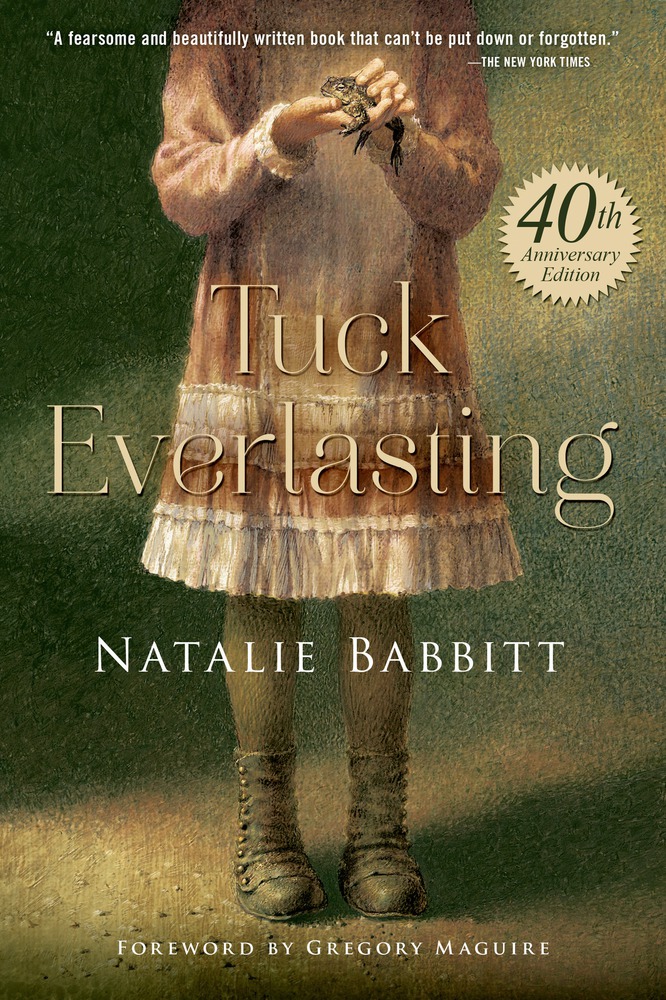
Tuck Everlasting
by Natalie Babbitt
(image: Macmillan)
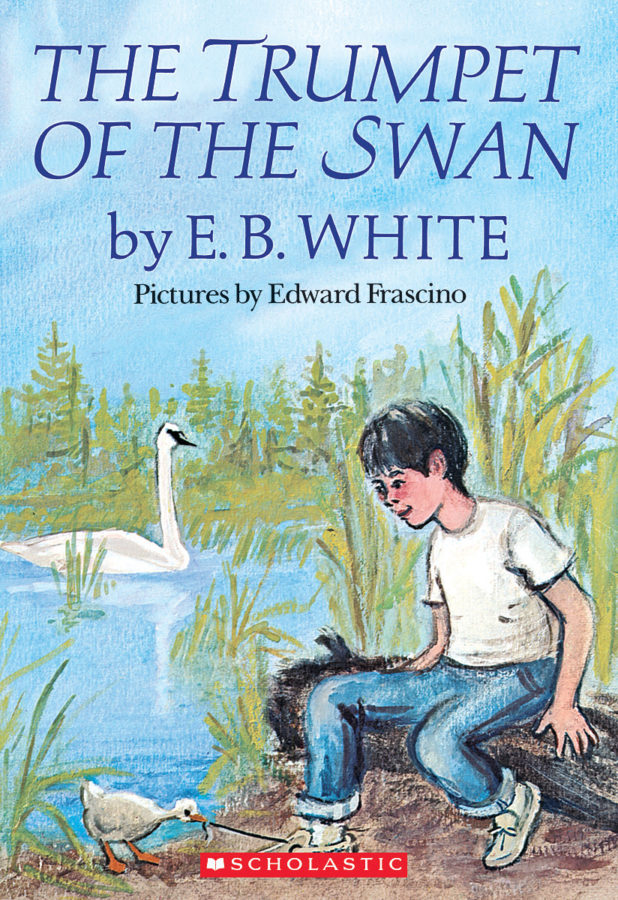
Trumpet of the Swan
by E.B. White
(image: Scholastic)
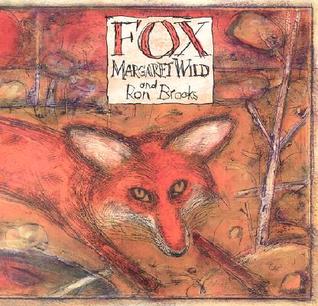
Fox
by Margaret Wild
(image: Kane/Miller Book Publishers )
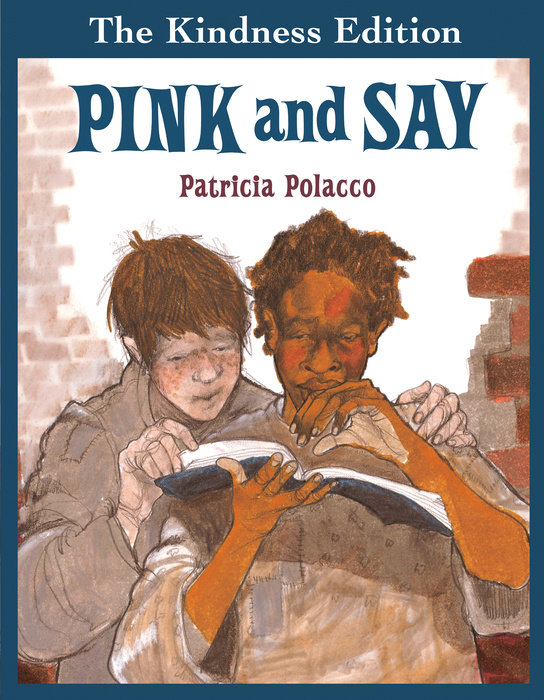
Pink and Say
by Patricia Polacco
(image: Penguin Books)
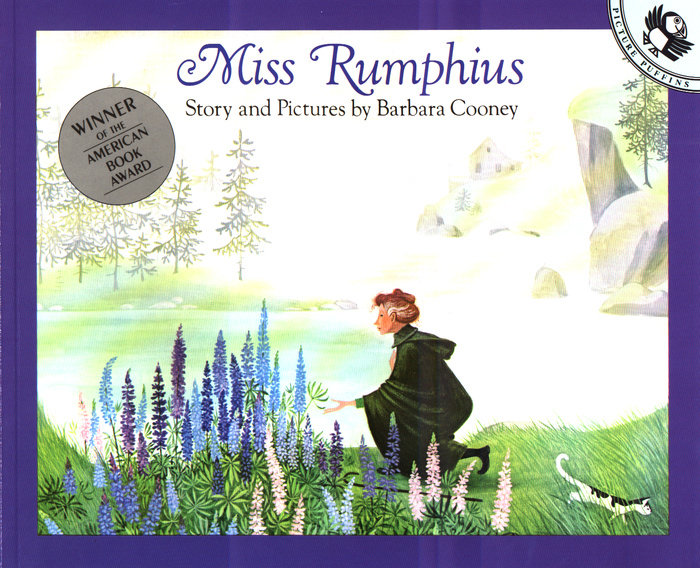
Miss Rumphius
by Barbara Cooney
(image: Penguin Books)
